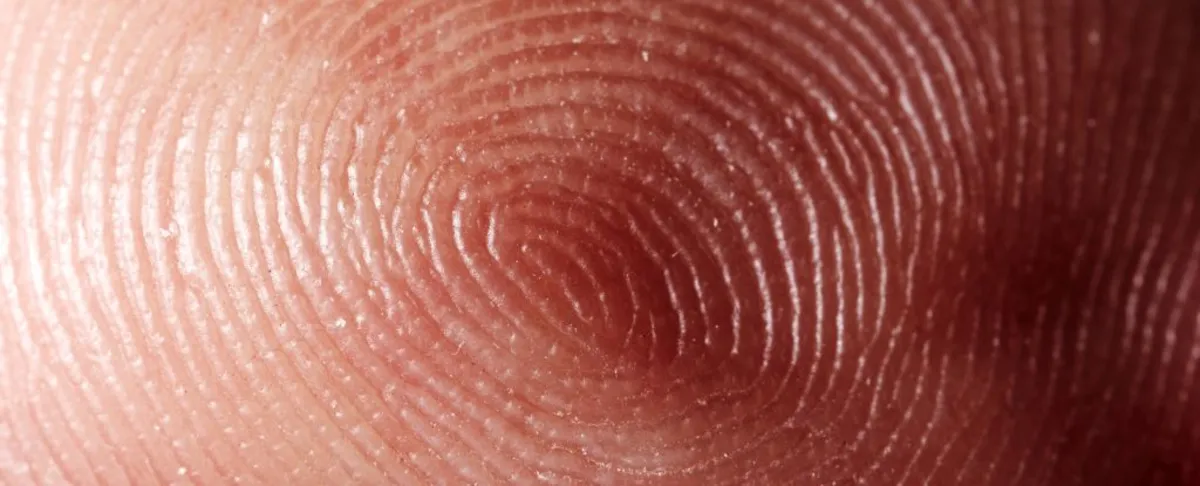
The human body is an intricate network of cells and systems that rely on effective communication to function properly. One of the most critical communication methods occurs within the nervous system, where bioelectrical signals travel rapidly to trigger necessary responses. Recent research from the United States has unveiled a groundbreaking finding: the epithelial cells that line our skin and organs can also signal distress, albeit in a different manner. These cells emit a slow and persistent 'scream' to convey a warning, contrasting sharply with the quick impulses of neurons. This unexpected discovery opens new possibilities for electrical medical devices aimed at enhancing the healing process.
Steve Granick, a polymath at the University of Massachusetts Amherst, emphasizes the significance of this discovery. He states, "Epithelial cells do things that no one has ever thought to look for." When these cells experience injury, they communicate with their neighboring cells, sending out signals that are akin to a nerve's impulse but travel at a speed approximately 1,000 times slower. This slow yet effective communication method is vital for maintaining the body's various communication networks, which are essential for its overall functionality.
For instance, you might instinctively withdraw your hand from a hot surface without a moment's thought—this rapid response is facilitated by your nervous system. Furthermore, the heart's rhythm is regulated via electrical signals, leading to the creation of artificial pacemakers. Granick, along with biomedical engineer Sun-Min Yu, developed a sophisticated system to explore how cells in the epithelium communicate. Their setup featured a chip linked to an array of around 60 electrodes, which was coated with a single layer of lab-grown human keratinocytes—the primary epithelial cells responsible for forming the epidermis, or outer layer of skin.
In their innovative experiment, the researchers applied a laser to the skin layer, utilizing the electrode array to monitor the electrical changes that ensued. "We tracked how cells coordinated their response," Yu explains, describing it as a "slow-motion, excited conversation." The signals produced by the epithelial cells propagated at speeds of approximately 10 millimeters per second, covering considerable distances of up to hundreds of micrometers from the injury site.
This type of cellular communication bears resemblance to the electrical calcium signaling observed in plants when they are damaged, such as when a caterpillar feasts on their leaves. The researchers identified that this communication heavily relies on ion channels, which are tiny pores in cell membranes that allow the transport of charged ions, particularly calcium. Interestingly, unlike neuronal ion channels that react to voltage changes, epithelial cell ion channels respond to mechanical stimuli, such as pressure or stretching.
Moreover, the signals produced by epithelial cells last significantly longer than those from neurons, with some communication recorded persisting for up to five hours. However, the voltage levels observed are comparable to those found in neuronal signals, and the communication patterns cycle through phases similar to neuronal communication. Given that this is a newly discovered phenomenon, further research is necessary to fully comprehend its mechanisms and the factors involved.
While scientists have yet to determine the exact nature of the signals used by epithelial cells or whether different types of epithelial cells behave differently when signaling harm, initial experiments suggest that calcium ions play a crucial role. This remarkable discovery hints at exciting new opportunities for developing biomedical devices, such as wearable sensors and electronic bandages designed to accelerate wound healing. As Yu aptly puts it, "Understanding these screams between wounded cells opens doors we didn't know existed."